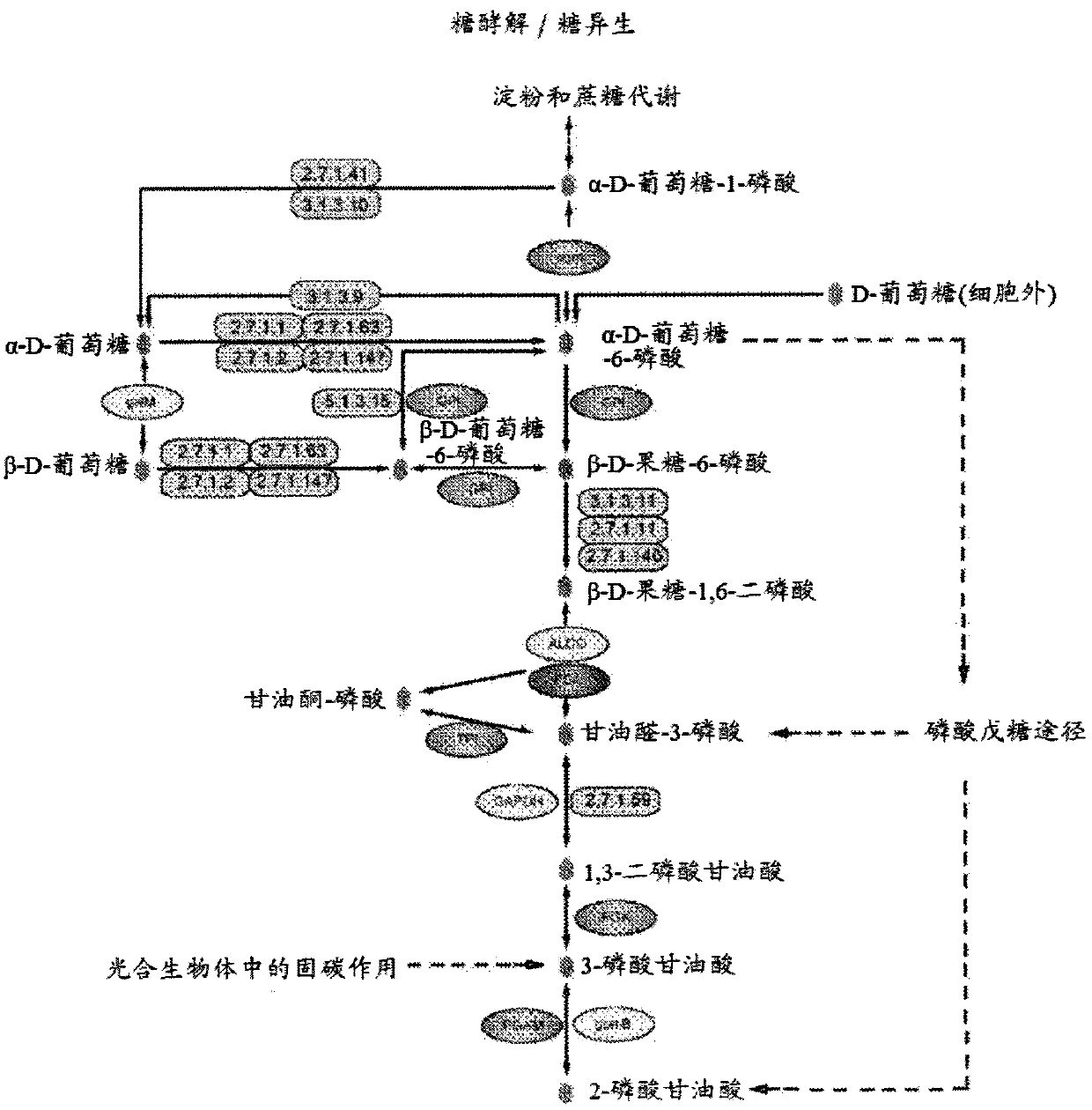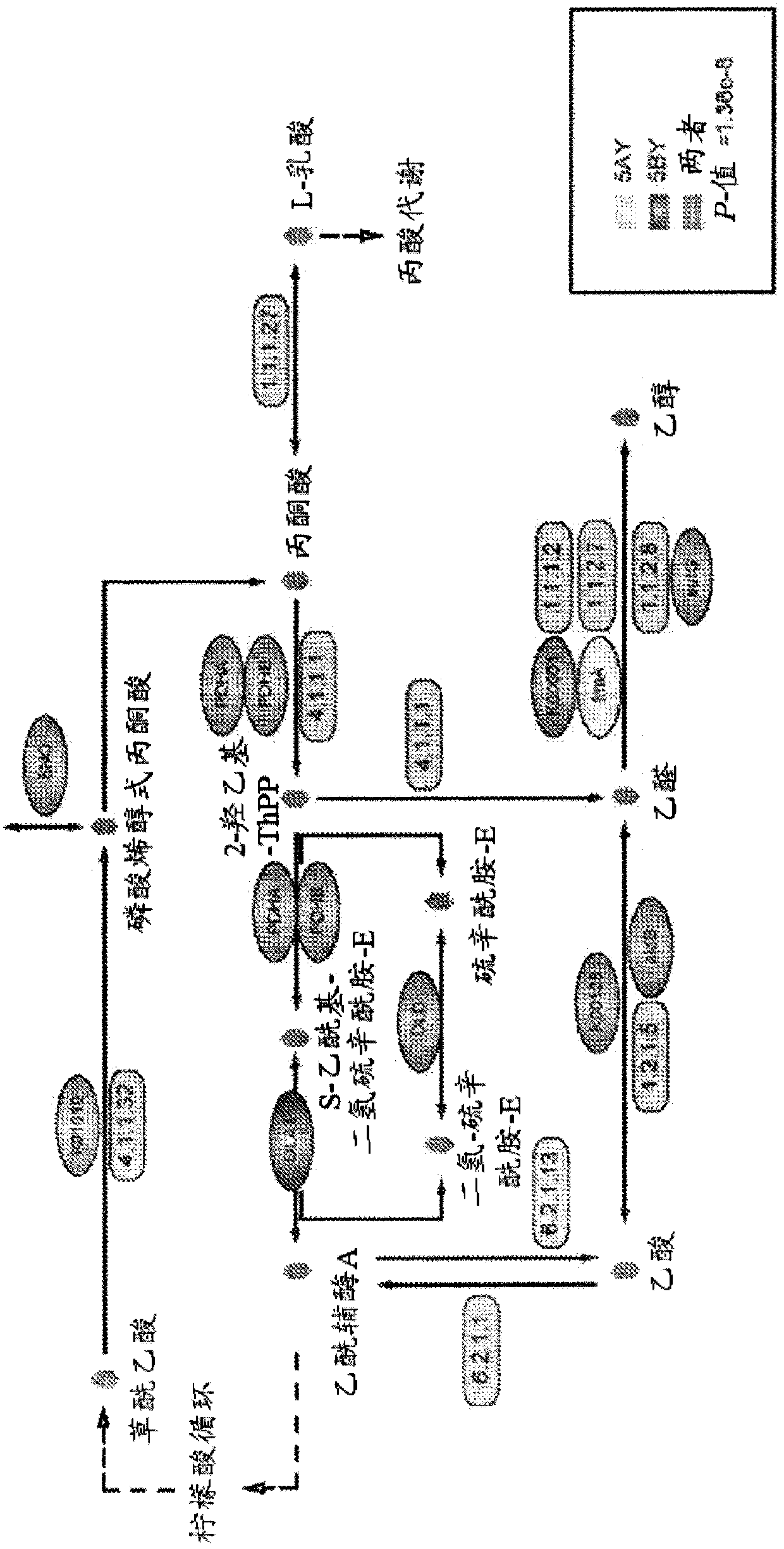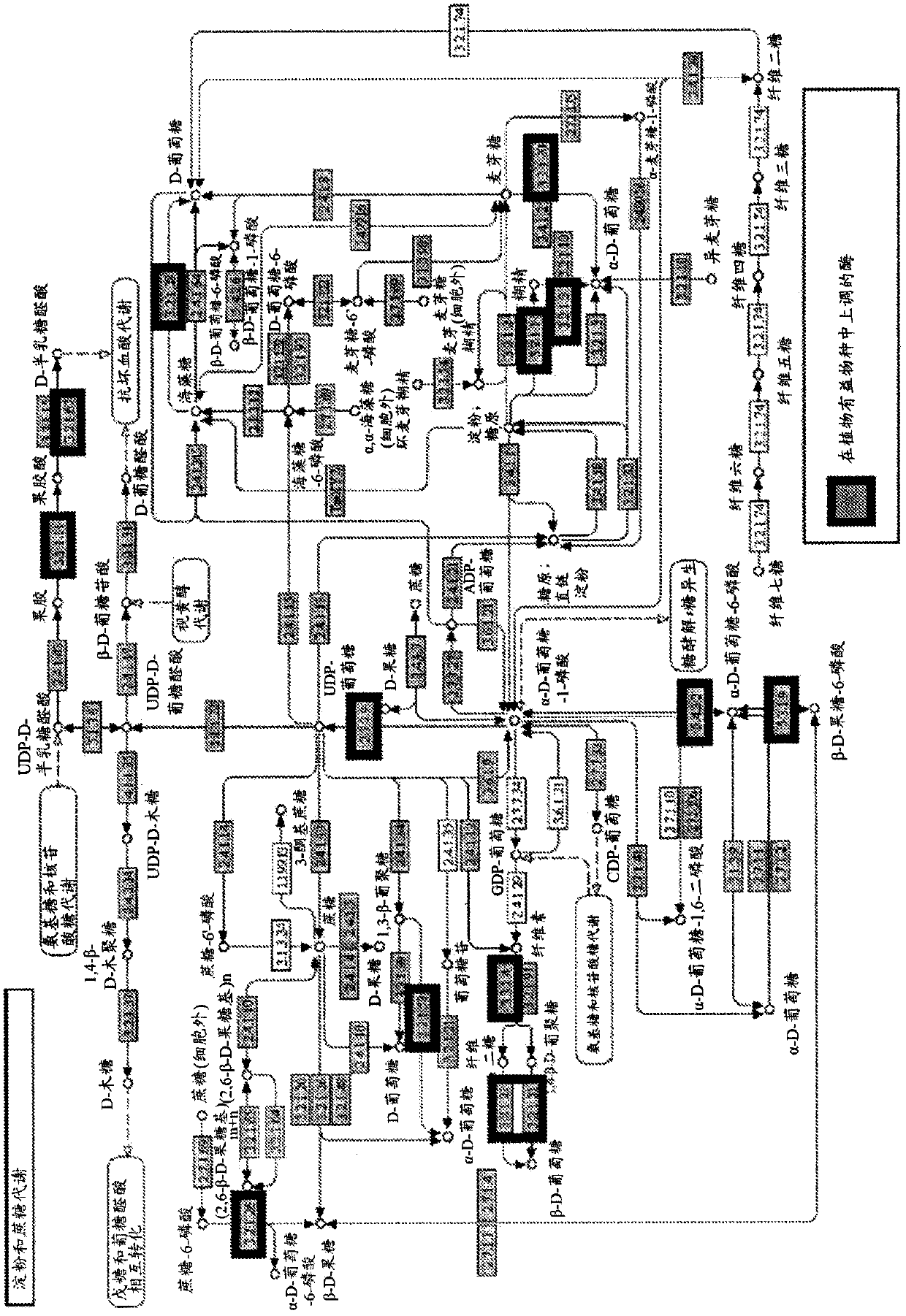Seed endophytes across cultivars and species, associated compositions, and methods of use thereof
A technology of endophytic bacteria and seeds, which is applied in the field of improving plant characteristics and cultivation compositions, and can solve the problems of lack of recognition of GM traits in wheat
- Summary
- Abstract
- Description
- Claims
- Application Information
AI Technical Summary
Problems solved by technology
Method used
Image
Examples
Embodiment 1
[0480] Example 1: Culture-Independent Analysis of Microbial Taxa in Agriculture-Related Seed Populations Based on High-Throughput Sequencing of Marker Genes
[0481] Example description
[0482] Using high-throughput marker gene sequencing on several crops and multiple seed varieties to identify microbial taxa found in agriculturally relevant populations.
[0483] Experiment description
[0484] To identify core (ie, ubiquitous) microbial taxa in seeds, we used high-throughput sequencing of marker genes for bacteria, archaea, and fungi.
[0485] cereal
[0486] 2 inbred, 10 landrace, 4 teosinte corn seeds and 4 modern and 4 wild wheat seeds were obtained. Additions are categorized as landraces, wild and inbred based on an assessment of their improvement status. To extract microbial DNA, the seeds are first sterilized in one of four different ways. Some seeds were surface sterilized with 95% ethanol to reduce surface contaminating microorganisms, followed by rinsing in wat...
Embodiment 2
[0527] Example 2 - Identification and Characterization of Cultivable Bacterial and Fungal Endophytes Belonging to the Core OTUs
[0528] To better understand the role of endophytic microorganisms derived from core seeds in improving the vigor, general health, and stress resistance of agricultural plants, we pioneered a systematic screen for seed extraction from commercially significant agricultural plants. and tissues to isolate and characterize endophytic microorganisms.
[0529] Seeds were obtained from various types of cereals, fruits, vegetables, grasses, oilseeds and other seeds and screened for culturable microorganisms as described below. Cultivable microorganisms belonging to the same OTU as the core OTUs described in Tables 1 and 2 (ie, SYM strains) were isolated and identified.
[0530] Isolation of bacteria and fungi from inside the seeds
[0531] Internal isolation of fungi and bacteria (including endophytes) from surface sterilized seeds is performed using techn...
Embodiment 3
[0632] Example 3: Synthetic compositions comprising plant seeds and a single or multiple endophyte strains confer benefits on agricultural plants
[0633] This example describes the ability of a synthetic composition comprising a plant seed and a single endophyte strain or a plurality of endophyte strains described herein to confer beneficial traits on a host plant. This example describes, inter alia, the effects of endophytes (e.g., the bacterial and fungal endophytes described herein) on various host plants including, but not limited to, dicots (e.g., soybeans, peanuts) and monocots (e.g., , corn, soybean, wheat, cotton, sorghum) and combinations thereof) the ability to confer beneficial traits. Endophyte-inoculated seeds (e.g., the described seeds) to test whether one or more endophytes confer increased tolerance to one or more stresses. Growth tests were performed using growth assays (eg, germination assays and seedling root viability assays) on sterile filter paper. In...
PUM
| Property | Measurement | Unit |
|---|---|---|
| Diameter | aaaaa | aaaaa |
Abstract
Description
Claims
Application Information
 Login to View More
Login to View More - R&D
- Intellectual Property
- Life Sciences
- Materials
- Tech Scout
- Unparalleled Data Quality
- Higher Quality Content
- 60% Fewer Hallucinations
Browse by: Latest US Patents, China's latest patents, Technical Efficacy Thesaurus, Application Domain, Technology Topic, Popular Technical Reports.
© 2025 PatSnap. All rights reserved.Legal|Privacy policy|Modern Slavery Act Transparency Statement|Sitemap|About US| Contact US: help@patsnap.com



